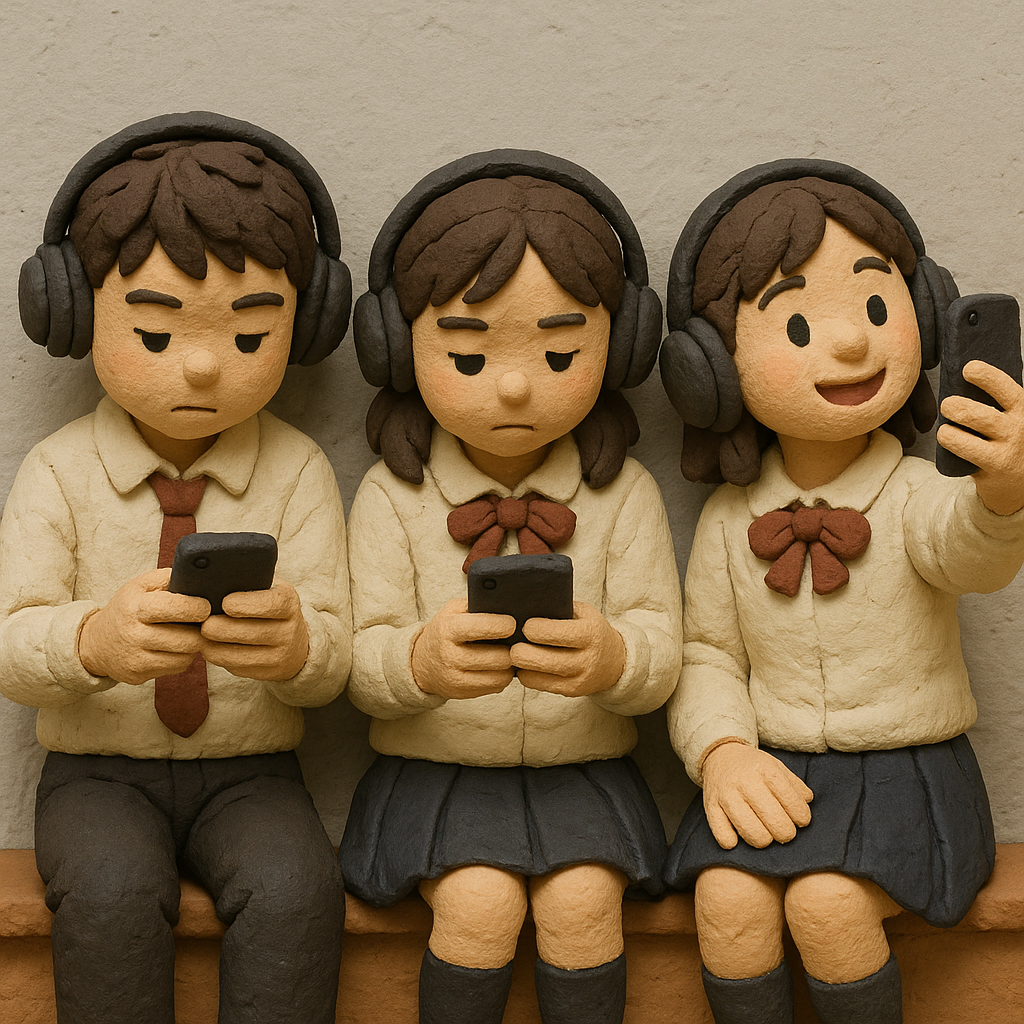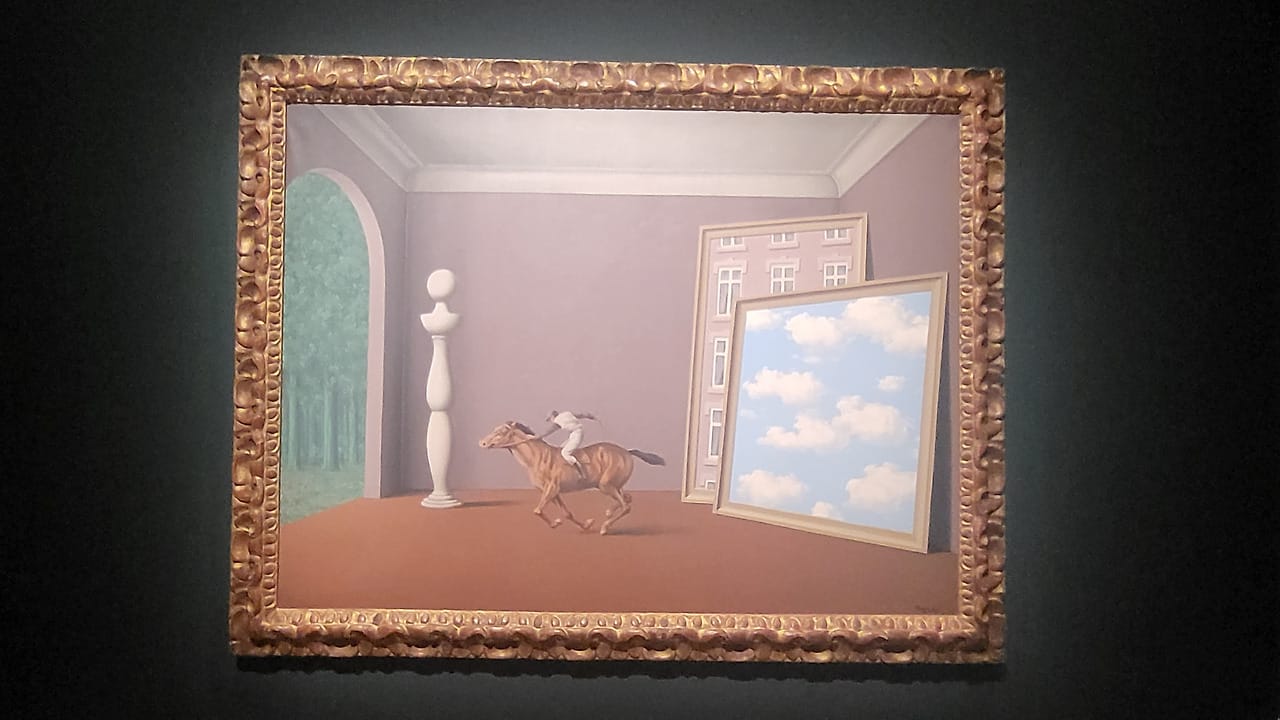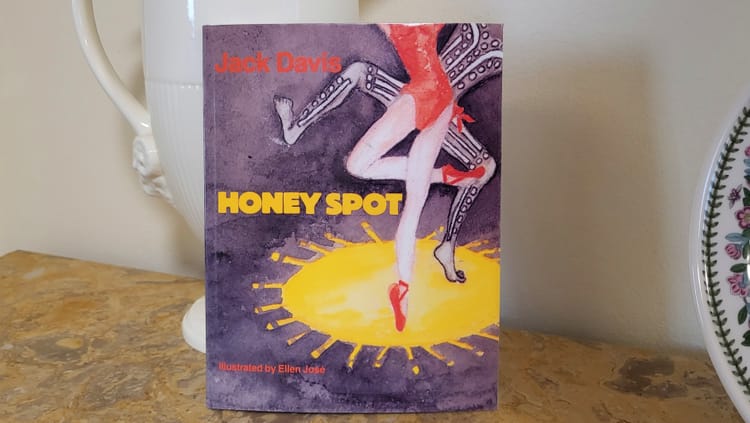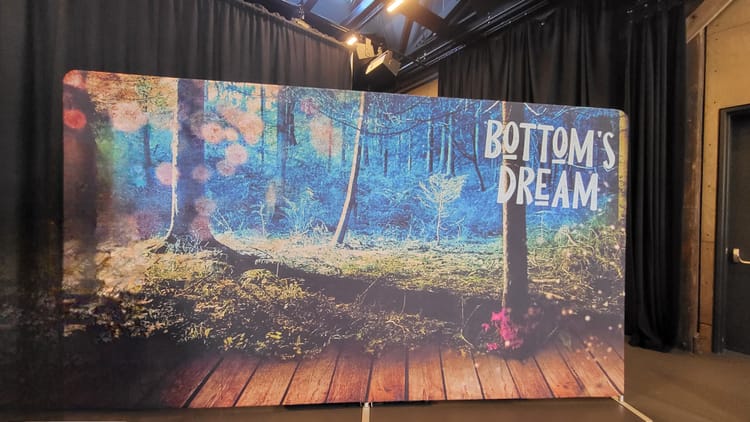Mirror, Mirror on the Wall, Who is the most Popular of them All?

Everyday I walk to school under heavenly breezes dipping onto my face, inhaling the serendipity of the bushes and trees. Yet, under the bracing sunlight, my nature retreat walk is pierced by electronic beeps. Behind me, teenagers in school uniforms reflect their phones together. “I bet my view count is higher than yours!” “Yeah, but I have more likes than you!”
At the school gates, my eyes analysed a poster plastered with a set of faded rules the school had created. The first rule was etched in bold: NO PHONES. However, the only pair of eyes free from the influence of phones belonged to a bald brush turkey (there was something familiar with how its eyes drilled into my own. The kimbap-stealing brush turkey, perhaps?).
In a growing world of social platforms, it seemed our environment was shaped by this digital contest.
The dopamine of getting likes and positive comments is high, and withdrawing is nigh impossible. When someone’s post has impressed a viewer, it encourages the user to post more posts. This relentless chase for digital validation not only rewires our neural pathways but also compels us to reshape our realities. Thus, while remaining inseparable, the users go out of their way to find more likes. Yet, this overtime on social media brings fewer positives than imagined, and users are motivated to bend reality by an increasing amount of touch. Social media posts usually follow the corrupt queen in Snow White: children reflecting their faces on their phones as they pose in front of esteemed restaurants and unbox Rolex watches. Their fake social lives also affect those who view them, as users rarely know which is real and which is fake.
The seemingly endless stream of posts after the other only seems to go the further your thumb twiddles down. In the endless maze of social media, news and posts are mixed together, an assortment of factually correct and incorrect posts. With this content, people are unable to judge which information is credible and which is fake. While the annual United Nations Environmental Summit focuses on raising awareness about the climate crisis, there are still those (a few in my own school) who campaign that the climate crisis is a figment of our imagination (Carl Sagan would be furious!). Yet, the excess of factually incorrect posts can be viewed as an imbalanced diet of negative posts: doom scrolling.
Doom scrolling, the act of viewing negative posts uncontrollably on social media, deeply hinders crucial stages of childrens’ development. While I myself browse for an excess of time through news everyday, constant exposure to alarming posts leads to heightened anxiety, rotting away the natural sense of wonder and optimism that young minds develop. As children absorb a continual stream of pessimism, their view of the world may cause rash behaviour and unwarranted fear and sadness.
In the unaltered land between the splendour of the world and the synthetic glow of our screens, we are called to the front to confront the cost of forsaking authenticity for fleeting validation. While technology connects us, it also threatens to erode our growing judgement skills, capability of leading an unfiltered life, and the young nurturing of positive mindsets. I myself believe that these consequences are inevitable to every person wielding their small screen - including myself when time calls for me to get one - yet controlling time and using it with a clear intent will help grow more space for coexistence. When twilight falls, let your inner brilliance shine brighter than the most radiant screen.






Member discussion